Banh chung contains a high amount of starch, which can be a concern for those concerned with weight and blood sugar control.
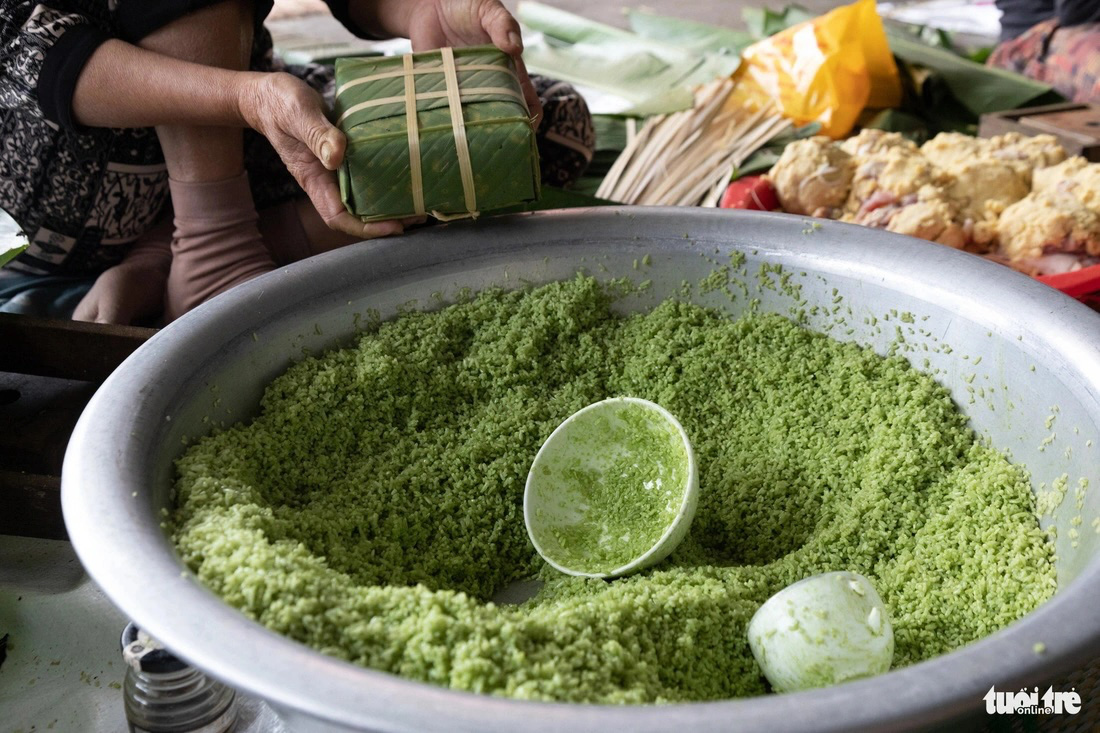
Banh chung is an indispensable traditional dish during the traditional Tet holiday of Vietnamese people - Photo: HOANG TAO
Doctor CKI Vo Van Long - University of Medicine and Pharmacy Hospital, Ho Chi Minh City, Facility 3 - said that banh chung is an indispensable traditional dish during the traditional Tet holiday of Vietnamese people.
However, with its high calorie content and abundant starch content, banh chung can become a concern for those concerned with weight and blood sugar control.
An average banh chung (about 1kg) contains from 2,000 - 2,500 calories, depending on the ingredients used.
A medium square piece of banh chung (about 200g, equivalent to 1/8 of a cake) provides about 400-500 kcal, equivalent to 1-1.5 bowls of rice.
Banh chung is mainly made from sticky rice, 100 grams of sticky rice provides about 350 calories. This is the main source of starch in banh chung, which can easily cause high blood sugar if consumed too much.
Fatty meat in banh chung is a source of fat, 100 grams of fatty meat provides up to 900 calories, this part of meat contributes to a significant increase in calories.
In addition, green beans provide 340 calories/100g, are rich in fiber, and help slow down sugar absorption.
Tips to eat banh chung without fear of gaining weight?
According to Dr. Long, you should only eat 1/8 of a banh chung (about 200g) at a time, providing 400-500 calories. This is the amount of calories equivalent to a light meal.
When eating banh chung, do not eat it with other starches such as rice, sticky rice, or vermicelli to avoid adding too many calories.
Note, do not eat at night because this is the time when the body is less active, easily accumulating energy into excess fat. It is best to eat banh chung in the morning or at noon.
After eating banh chung, you should do light exercise like walking for about 20-30 minutes to burn energy.
In addition, you can combine foods that aid digestion such as green vegetables such as cucumbers, lettuce or non-starchy salads to help add fiber and reduce fat and sugar absorption from banh chung.
Avoid eating banh chung with pickled onions or salty braised meat because it increases the sodium burden on the body and stimulates water retention, causing weight gain.
Also, traditional banh chung often contains a lot of fat and starch. If you are concerned about gaining weight or increasing blood sugar, choose healthier variations.
Specifically, banh chung with vegetarian filling, green bean filling, no meat to significantly reduce calories and saturated fat, suitable for dieters or people with digestive disorders.
Or instead of choosing large banh chung, you can choose small banh chung, just enough to control the portion while still ensuring the flavor of Tet.
Adding low-sugar fruits, fruits like grapefruit, apples, or low-sugar oranges are good choices for nutritional balance.
People with diabetes, Dr. Long noted, need to be especially careful when eating banh chung because sticky rice has a high glycemic index, easily causing increased blood sugar after eating.
Banh chung should be eaten with foods that have a low glycemic index, such as combining banh chung with green vegetables, tofu or foods rich in fiber to slow down sugar absorption.
Monitor blood sugar after meals: Check blood sugar before and after eating banh chung to adjust the appropriate amount. Do not eat more than 100g at a time, this is a moderate amount to effectively control blood sugar.
To ensure calories don't accumulate after Tet, maintain regular exercise by spending at least 30 minutes a day on activities such as walking, jogging or exercising.
After eating banh chung, do not sit or lie down immediately, instead walk around gently to aid digestion.
Source: https://tuoitre.vn/cach-an-banh-chung-de-khong-beo-bung-kiem-soat-duong-huyet-20250126144452678.htm


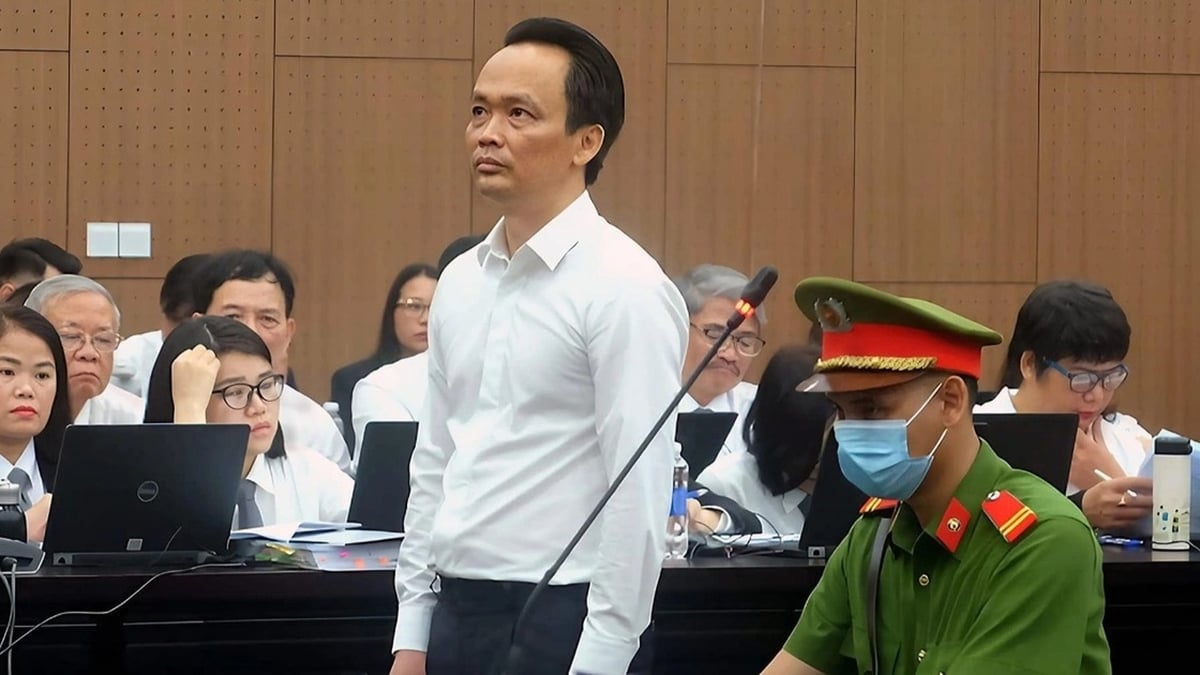
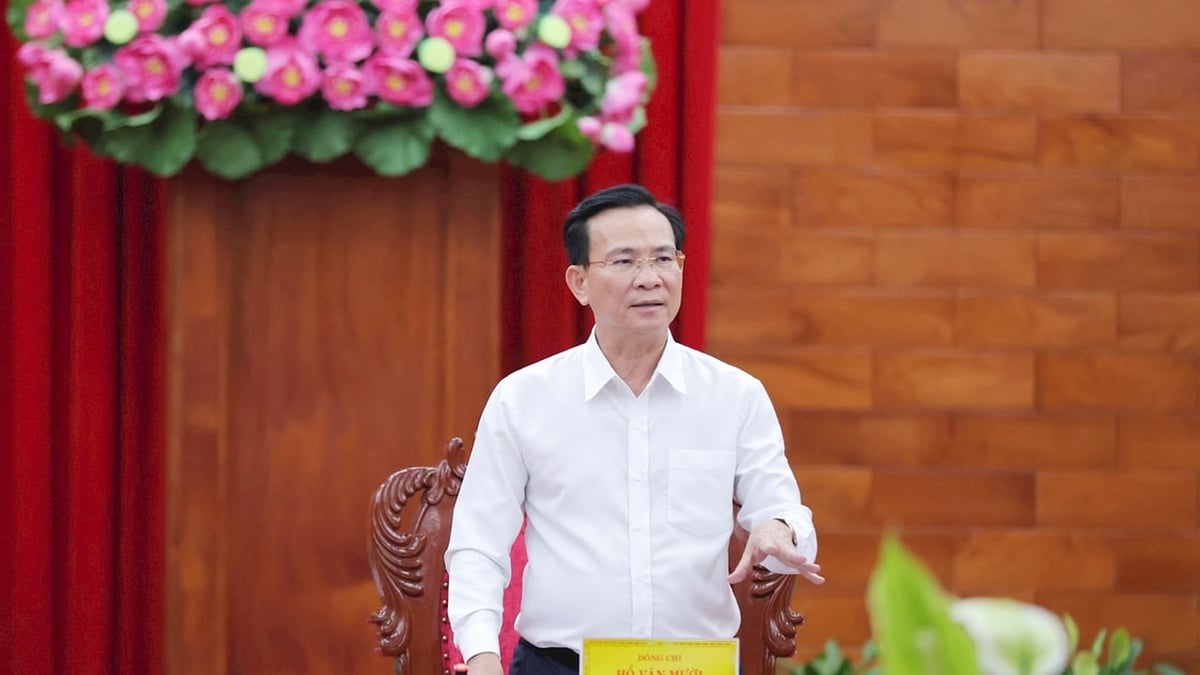
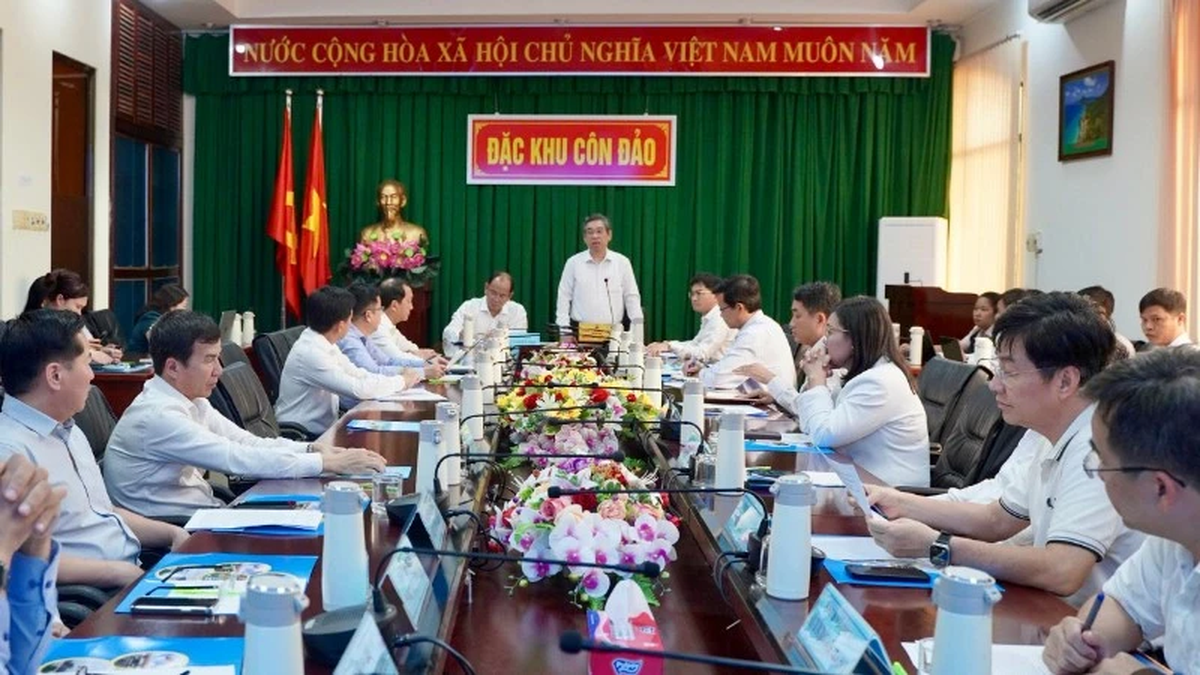
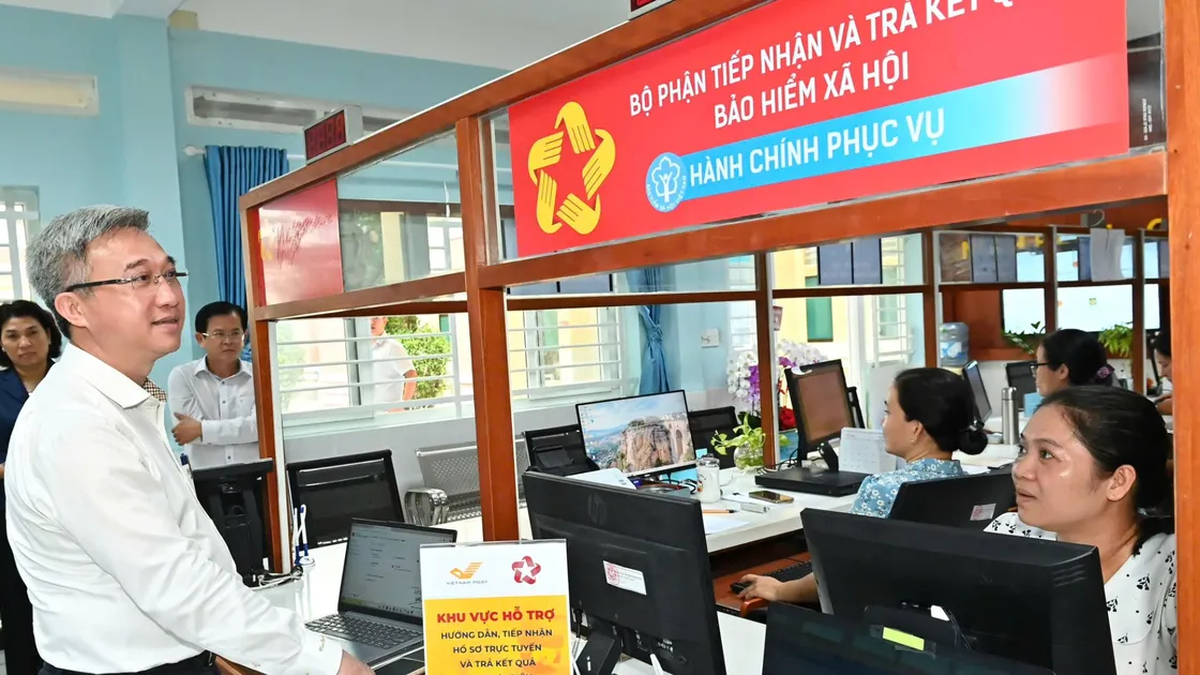




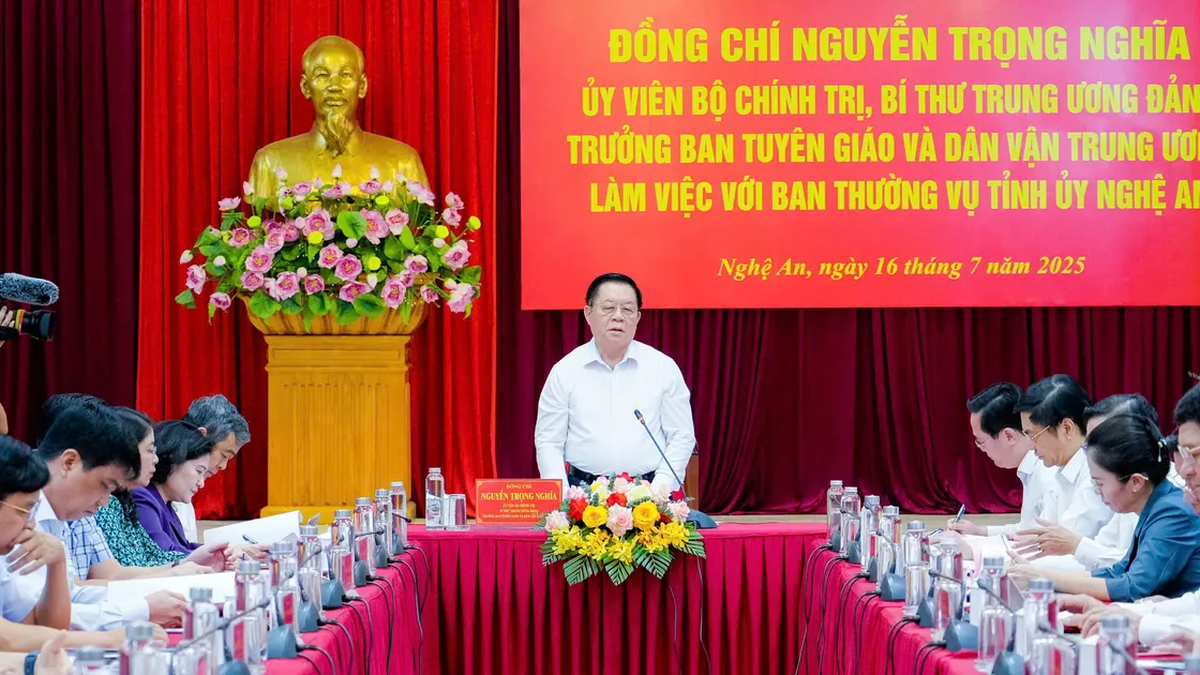
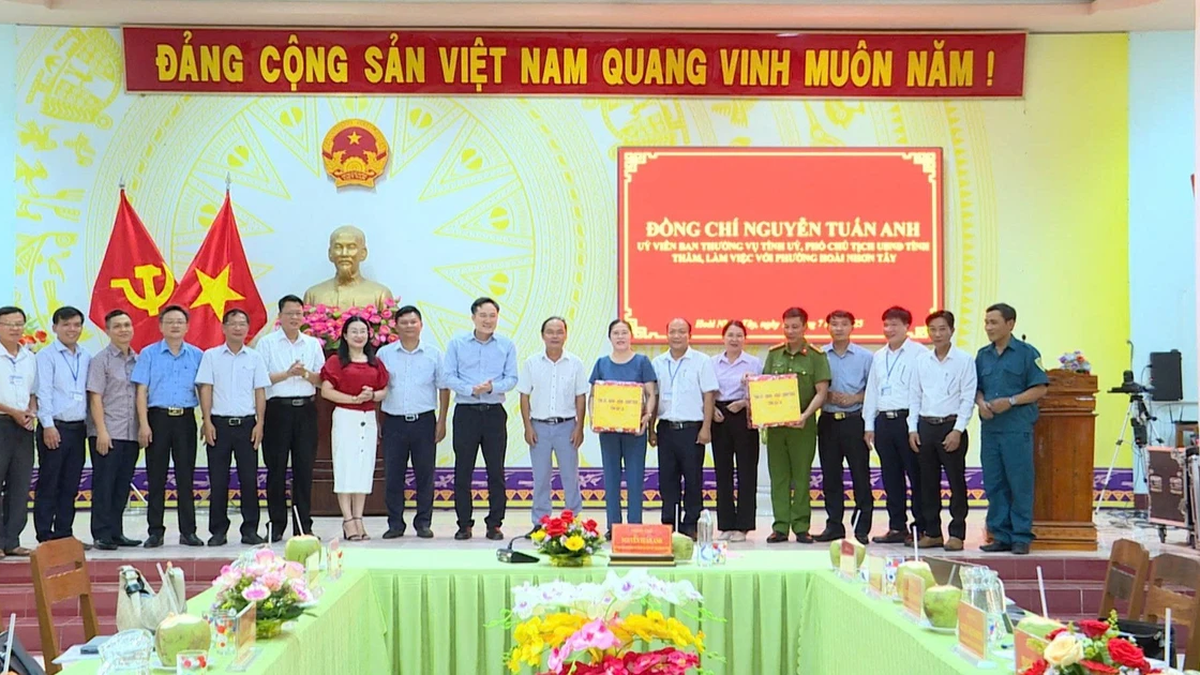







































![[Maritime News] More than 80% of global container shipping capacity is in the hands of MSC and major shipping alliances](https://vphoto.vietnam.vn/thumb/402x226/vietnam/resource/IMAGE/2025/7/16/6b4d586c984b4cbf8c5680352b9eaeb0)




















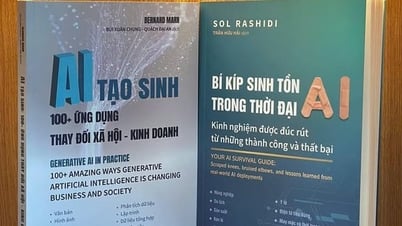
























Comment (0)